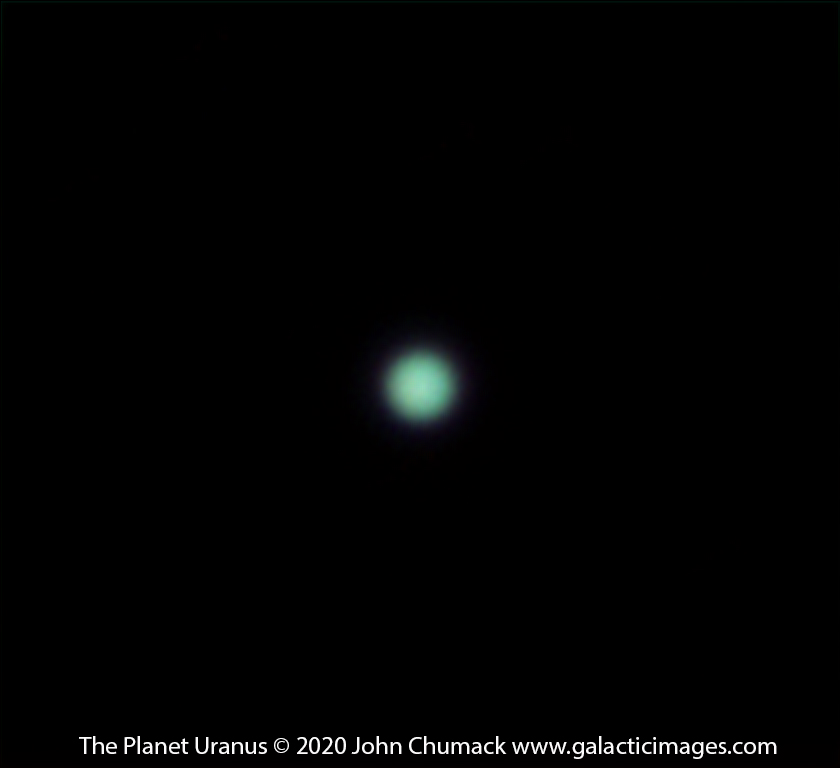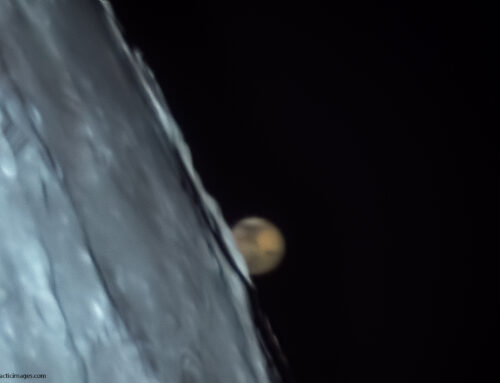Uranus is the seventh planet from the Sun. Read the Very interesting details about this Planet!
Its name is a reference to the Greek god of the sky(heavens), Uranus, who, according to Greek mythology, was the grandfather of Zeus (Jupiter) and father of Cronus (Saturn). It has the third-largest planetary radius and fourth-largest planetary mass in the Solar System.
Discovered by William Herschel on the 13th of March 1781.
Why is it called Uranus?
Herschel did not name the planet Uranus, he called it “the Georgium Sidus” (the Georgian Planet) in honor of King George III of England.
The name “Uranus” was first proposed by German astronomer Johann Elert Bode in order for it to be in conformity with the other planetary names – which are from classical mythology. Uranus is the ancient Greek deity of the Heavens, the earliest supreme god. This name did not achieve common use until 1850.
Astronomy is very old science – with at least 4,000 years of history.
Many of the names of objects that have been known for a long time are historic in nature. The planets and their moons were given names which came from Greek or Roman mythology. This seemed sensible long ago when the objects were named. These days, so many objects are known that names tend to come from the satellite or observatory which discovered (and catalogued) them and a series of numbers which tell astronomers something about where they are located in the sky.
The International Astronomical Union (IAU) is officially in charge of assigning astronomical names.
Uranus orbits the Sun once every 84 years, taking an average of seven years to pass through each constellation of the zodiac. In 2033, the planet will have made its third complete orbit around the Sun since being discovered in 1781.
The planet has returned to the point of its discovery northeast of Zeta Tauri twice since then, in 1862 and 1943, one day later each time as the precession of the equinoxes has shifted it 1° west every 72 years. Uranus will return to this location again in 2030-31.
Its average distance from the Sun is roughly 20 AU (3 billion km; or 2 billion miles).
The Planets Axial tilt/ the Poles actually faces us, so it is tilted on its side compared to the other planets. Each pole gets around 42 years of continuous sunlight, followed by 42 years of darkness.
I captured this image of Uranus on 10-06-2020 from my backyard in Dayton, Ohio with my C-11 SCT Telescope/Bisque MYT Mount, Celestron C-Max 3x barlow, and QHY290M camera and 400 RGB frames stacked.
Even at high power Uranus is still a whopping 2 billion miles out from the Sun, so appears just a greenish blue round featureless planet, but you definitely know it is not a star when you first observe it through a telescope due to its color and very small soft looking disk.
Capture Details:
Target=Uranus, Date: 061020, Time: 064309 UT, Mag: 5.67, Diameter: 3.71″, Res: 0.05″, Az: 168.17, Alt: 64.11, Phase: 1.00,
Camera: QHY5III290M, LRGB, Scope: C-11, FL: 11750mm, F-ratio: 41(increased via chip/barlow separation), Observer: John Chumack,
Location: Backyard Observatory in Dayton, Ohio.
Best Regards,
John Chumack
www.galacticimages.com







